How false vaccine rumours take hold
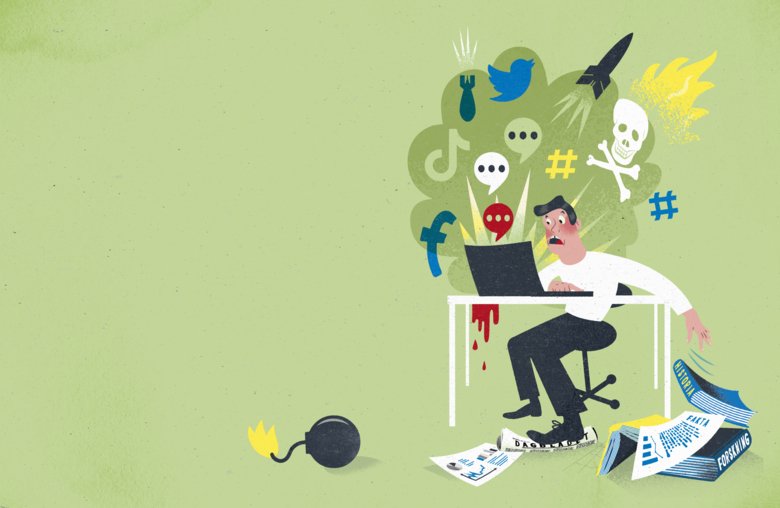
Rumours spread faster than ever nowadays thanks to social media, and it is easy to get carried away. Some people are also inherently more vulnerable to conspiracy theories. However, sceptics’ concerns should be addressed, not dismissed, say researchers who are studying people’s willingness to take different kinds of vaccines.
Text: Maja Lundbäck for the magazine Medicinsk Vetenskap nr. 1 2023
Most of us do what others do, picking up on the ideas that friends and acquaintances have and making them our own. This is perfectly natural and is known as social learning.
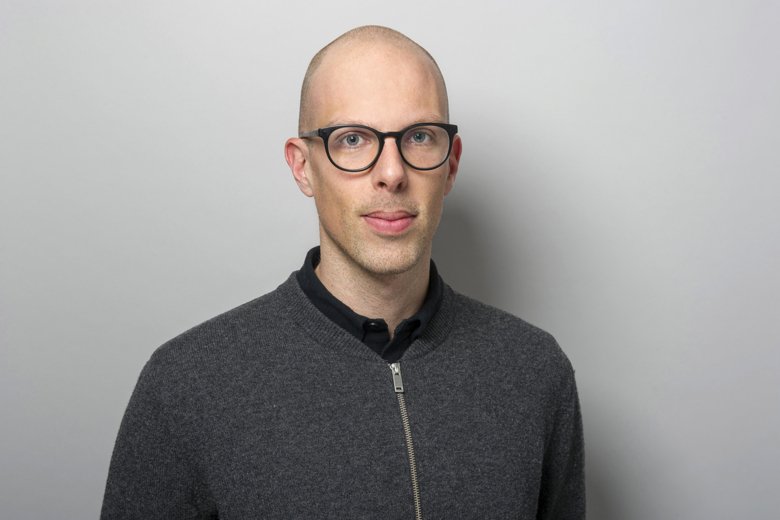
“The psychological mechanisms behind social learning are considered to be the driving force behind culture and how cultures spread. We learn that it’s good to do what others are doing,” says Björn Lindström, senior researcher at the Department of Clinical Neuroscience at Karolinska Institutet.
The environment in which we live influences the ideas we embrace. Products of ideas, such as the content we encounter on social media, are no exception. At best, social learning leads to positive cultural development. But sometimes we learn bad behaviours or incorrect explanatory models, with negative consequences. This can happen when we encounter a conspiracy theory that we fail to see through.
We need look no further than Denmark to find examples of vaccine rumours that have spread nationally and had a major impact on people’s willingness to receive vaccinations. About ten years ago, nine out of ten Danish girls were vaccinated against HPV, human papillomavirus, which can cause cervical cancer. The vaccine provides 90 per cent protection against several types of HPV, which can cause cancer, and is estimated to save a large proportion of the 150 or so lives claimed by cervical cancer every year in Sweden alone.
Viral video linked to lower vaccination rates
“Then a YouTube video of girls talking about side effects went viral. And vaccination rates dropped significantly in a year,” says Sibylle Herzig van Wees, a social anthropologist and postdoctoral researcher at the Department of Global Public Health at Karolinska Institutet.
In Japan, where similar testimonies abounded of side effects in the form of PoTS, postural tachycardia syndrome and CRPS, complex regional pain syndrome, the rate of HPV vaccine uptake fell from 70 per cent to 1 per cent.
In Denmark, the authorities tried to respond to the sceptics. But instead, the parent groups felt they were being silenced.
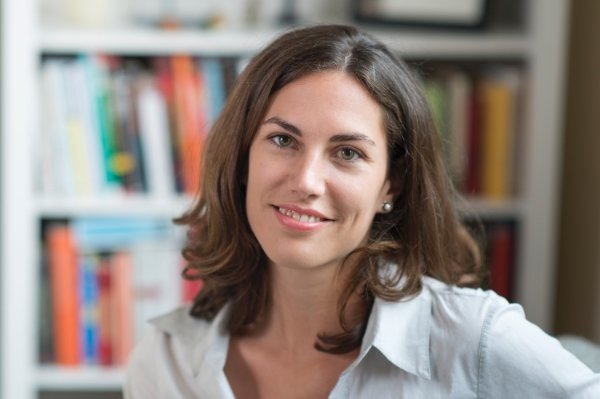
“They were told they were anti-vaxxers, conspiracy theorists, stupid. That’s how vaccine sceptics are often treated,” says Sibylle Herzig van Wees.
Although the European Medicines Agency, EMA, investigated the issue and found no evidence of an increased risk of the side effects that people were concerned about, it has been difficult to get back to the same high vaccination coverage in Denmark.
New misinformation emerged with the COVID-19 vaccine; not only doubts about whether the vaccine was safe enough and tested on enough people, but also conspiracy theories that the vaccine had been developed out of malice, perhaps to control people.
Even as more research on the vaccines emerged, showing that people should be able to relax, some people held onto theories that most others found were obviously false. They were unable to shake the notion that someone was up to no good with the vaccine.
Tendencies towards psychosis related to conspiratorial notions
Individuals with a high tendency towards psychosis in their personalities may find it easier to accept new ideas suggested by others, such as odd conspiracy theories. And the more of a tendency towards psychosis people have, the more suspicious they are and the easier it is for them to think that someone is out to harm them. Delusions are common.
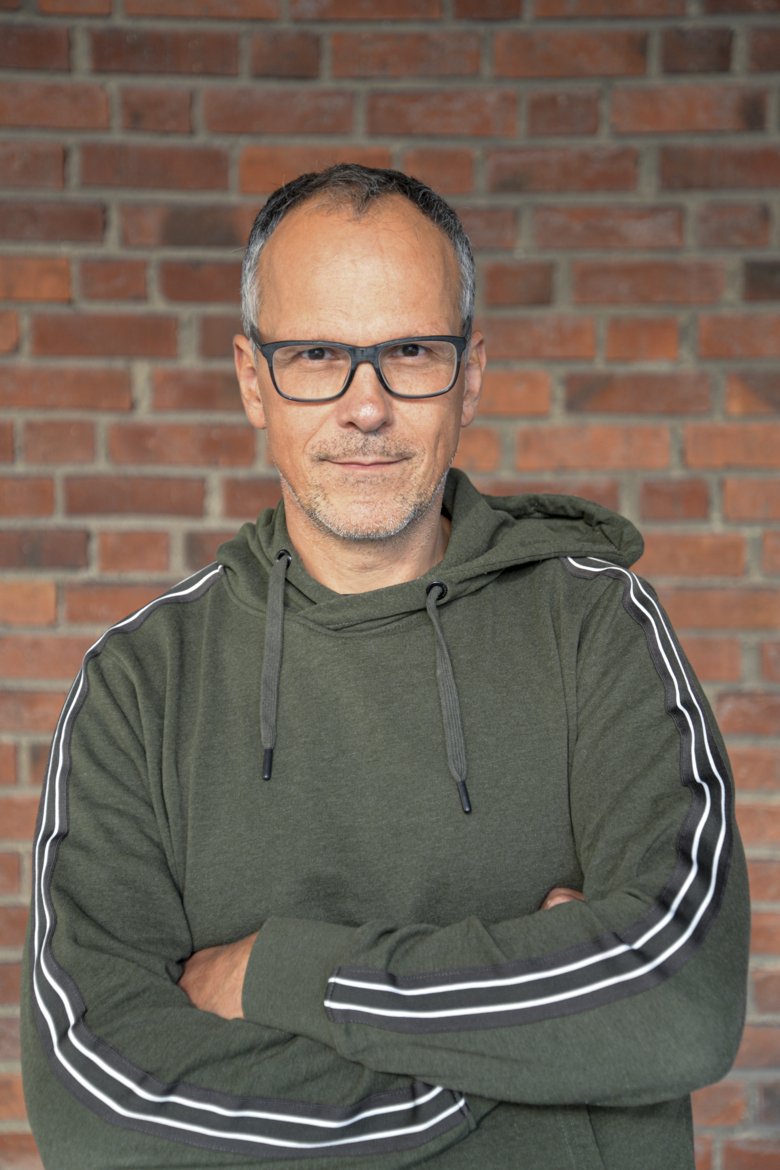
“People with a high tendency towards psychosis have more of tendency to perceive things and think in ways that we sometimes see in psychotic states. But it’s still within the normal range, and is often associated with positive traits such as creativity, too,” says Predrag Petrovic, a researcher at the Department of Clinical Neuroscience.
According to new research he has conducted, a tendency towards psychosis is clearly related to conspiratorial notions regarding the COVID-19 pandemic. Such people also find it harder than others to let go of odd ideas once they have developed them, even when faced with facts that contradict the theory.
We all have a tendency towards psychosis in our personalities, to a greater or lesser extent. Anyone with no tendency towards psychosis may alter their beliefs too readily and not understand various dangers. The fact that we are different is dependent on how the brain processes information, which differs between individuals. When information reaches the brain, it is processed and compared with our model of the world, from our model of a particular colour to more abstract notions about the nature of the world and who is good or evil, explains Predrag Petrovic.
“An error signal is formed when new information fails to match the brain’s model, indicating that you haven’t understood the whole thing correctly, and the brain then creates a new model of the world,” he says.
When the information process works, reality matches our image of it. But for people with a high tendency towards psychosis, a kind of cognitive bias seems to make it more difficult to adjust to bring the perception of reality into line with reality. This has been demonstrated by a number of research groups. Recently, Predrag Petrovic and PhD student Kasim Acar were also able to demonstrate that a tendency towards psychosis affects the likelihood of people accepting vaccinations and how long we wait before having the jab.
“The higher the delusional traits, the later you get vaccinated,” he says.
This probably has something to do with the fact that it takes longer to re-assess a notion once it has been adopted.
Content that feed fear thrives in social media
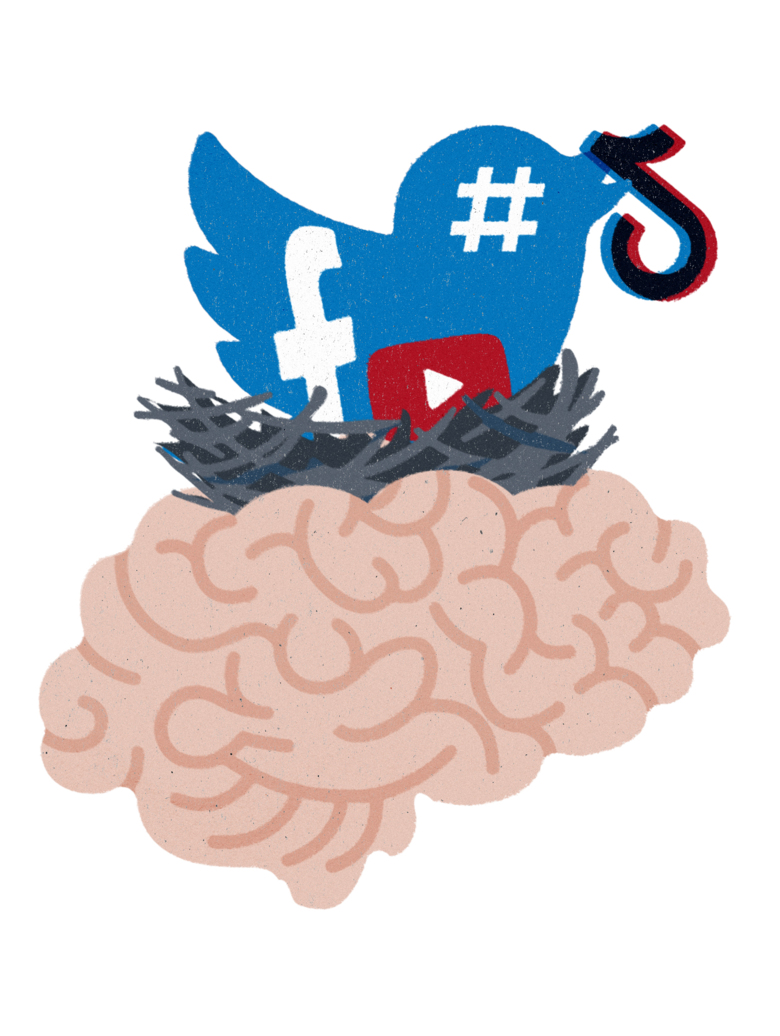
One type of content spreads more easily than others on social media such as Facebook, TikTok and Twitter.
“Research shows that this is often the kind of content that arouses fear. Doubt spreads between individuals when we’re exposed to such content, opinions or statements on social media,” says Björn Lindström.
Thanks to research conducted by Björn Lindström, as well as other researchers, we now have a fairly good idea of what happens in the brain during social learning, and we know – for example – that the striatum, amygdala and medial prefrontal cortex are involved.
Björn Lindström has now set out to develop a model that shows how neurological processes in the brain are involved in different forms of social learning, and how this leads to subsequent changes in behaviour, including the transmission of messages and behaviour to others, such as opinions about vaccines on social media.
To develop the model, he first needs to find out what psychological influences are required for us to learn and emulate others. That is why he and his colleagues are now about to conduct a series of behavioural experiments. In these experiments, they will be investigating what causes a behaviour to spread within the group. Brain imaging will also be performed on about one in ten participants. Several psychological mechanisms are thought to play a part in our emulation of a behaviour, the popularity of a person being one example. But the basic hypothesis is that social learning is enhanced when participants are rewarded and see others being rewarded.
“Once we’ve completed the brain imaging and behavioural studies and understood the mechanisms, we’ll be designing mathematical computational models so that we can simulate what can happen in large social networks such as social media,” says Björn Lindström.
“We hope to work in partnership with social media companies going forward to test these interventions on a large scale,” he says.
Vaccine scepticism more sustained in closed groups
One problem with some social media, however, is the fact that many groups are closed, making it difficult to study what is actually posted there. It is also known that vaccine scepticism is spread and sustained in more closed social groups, and among some ethnic minority groups. But why this is the case is not fully known. Sibylle Herzig van Wees does not believe that the low vaccination coverage in certain ethnic minority groups is due solely to conspiracy theories taking hold there. She is examining how vaccine scepticism is spread and sustained in groups.

“And I’ve found good explanations for why the rumours exist when I’ve dug deeper into the issue,” she says.
Sibylle Herzig van Wees is conducting focus group interviews and field studies in several countries to understand vaccine resistance in its specific context. Resistance is not necessarily explained by the same things everywhere. A group in Järna, which has a different approach to health and illness than most others, is included in the project, as are Somali and Arabic-speaking groups in Stockholm and Malmö. There is a clear history of vaccine scepticism in all the groups she is studying.
Among other things, she is examining how rumours about the HPV vaccine are sustained among the Somali-speaking minority in Sweden by analysing where TikTok videos showing conspiracy theories about side effects are shared, and how frequently.
“If there’s a group of people who are already sceptical, social media helps to sustain that rumour. TikTok is a powerful medium, the things you see there influence decisions,” she says.
One theory that flourished in Arabic-speaking groups was that the COVID vaccine would affect women’s ability to conceive. There was a great deal of concern, but according to Sibylle Herzig van Wees, many people were still interested in getting vaccinated, but only after having talked to a doctor to find out whether the vaccine was safe.
“We show that there were women who tried to get in touch with doctors but were refused appointments at their health centres,” she says.
They made the decision not to get vaccinated only when they felt there was no good place to turn to in the healthcare system and they received no responses to their concerns.
The process of getting participants to come forward and talk has been difficult, especially in Järna.
“That’s telling, I think, and an interesting finding in itself,” she says.
She is pleased that she finally managed to get the interviews done.
“The people in the Järna group feel misunderstood. And the more misunderstood they feel, the more they close ranks,” she says.
This lack of trust, which she has seen in several groups, can be linked to previous challenges with authorities, she explains.
“We need to listen much more to these groups, try to understand them and engage more with the challenges they face,” she says.
Important to take people's concerns seriously
Knowing how to reach a person who has embraced a theory that is patently false is not an easy task.
“But if people’s concerns are not taken seriously, rumours can spread out of control and have serious consequences,” says Sibylle Herzig van Wees.
Björn Lindström will also be using the mathematical models that he will be developing to investigate how the spread of opinions and statements that risk threatening public health can be restricted. For instance, we already know that people who notice that others get likes when they post something on social media are more likely to copy the behaviour. One thing they will be looking at is how the likelihood of posting vaccine-sceptic material on social media changes if people do not “like” it.
According to Predrag Petrovic, convincing a vaccine sceptic by showering them with counter-arguments often does not work.
“It seems that with some individuals, too much evidence in one direction strengthens the counter-evidence. This is incredibly interesting, I think. These people probably need clearer information than others, and they also need to hear about the vaccine from people they trust,” he says.
How to keep a cool head
- Be meticulous and check whether the content you are sharing on social media seems accurate.
- Be particularly critical if a news item you are planning to share affects you emotionally. We have more of a tendency to pass on emotional material, even if elements of it indicate that it involves deliberate misinformation.
- Be particularly critical if something you intend to share chimes with your current opinion. We are more likely to pass on such material regardless of quality.
Sources: Nature March 2021, Future Information Technology pp 34-43 2011, Björn Lindström.
